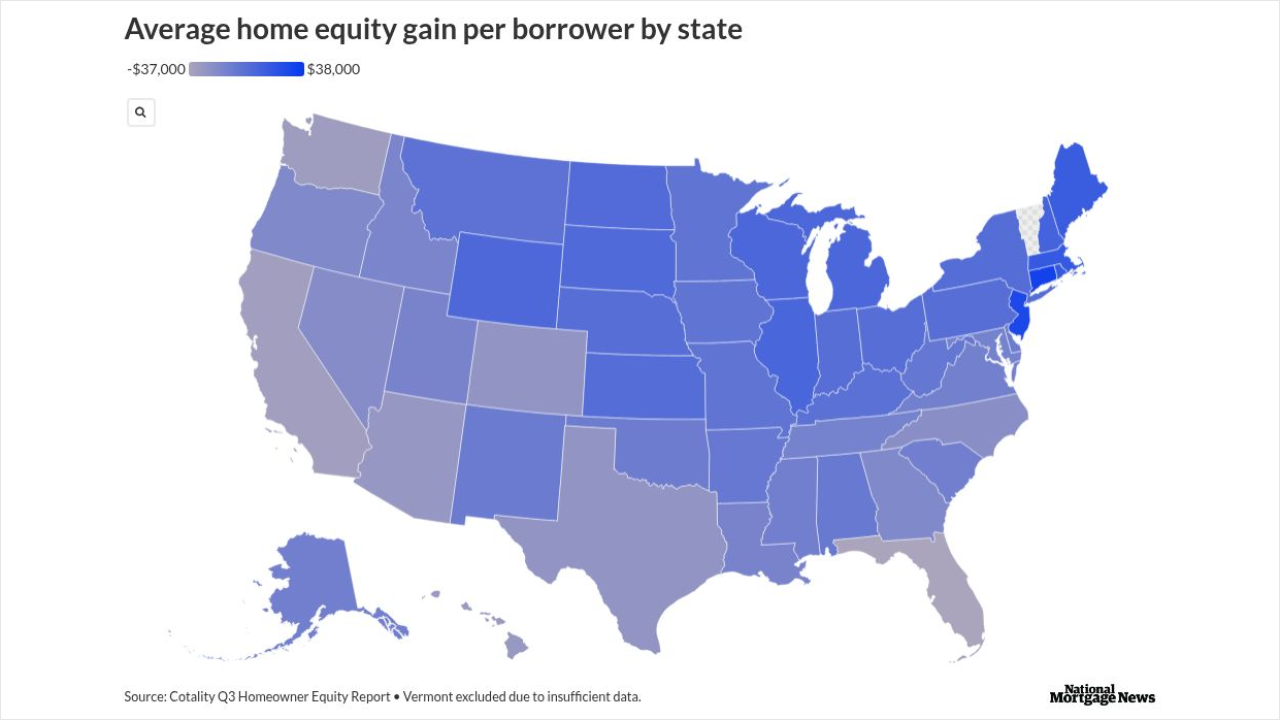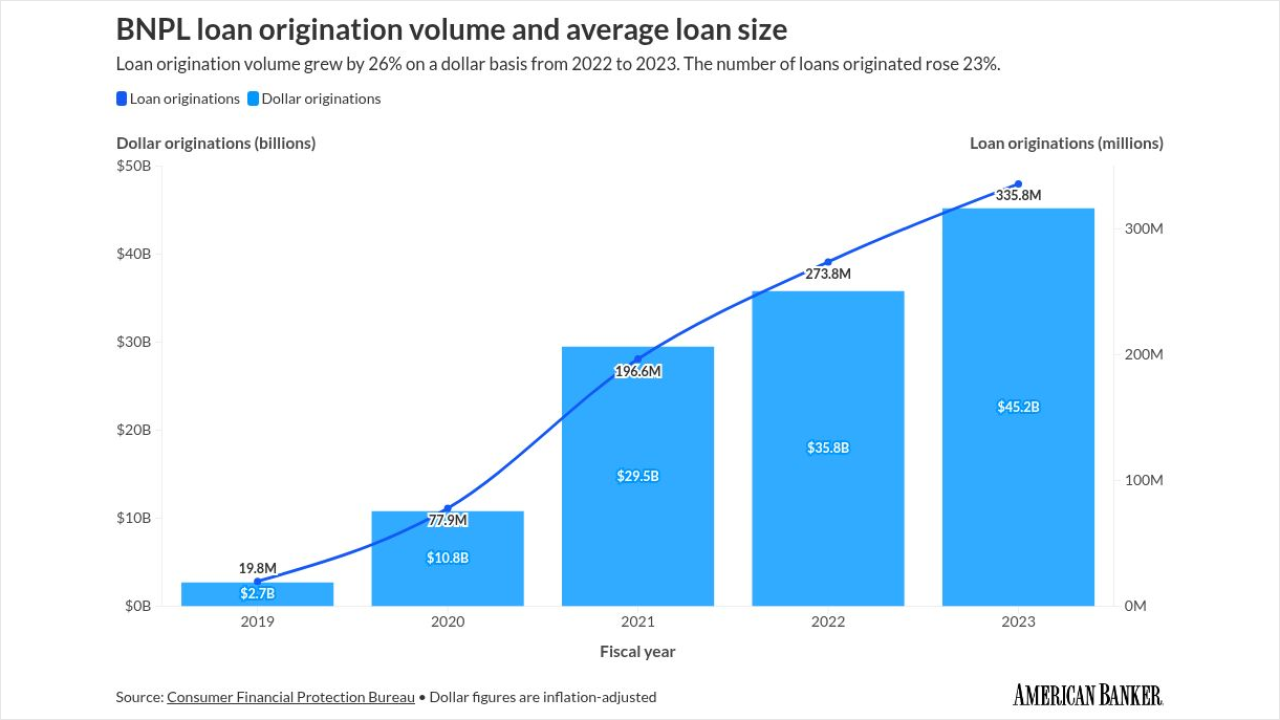(Bloomberg) -- In the first rush for safe havens in years, global investors are finding there are credible alternatives to US Treasury bonds.
Yields on the benchmark 10-year Treasury have tumbled about 40 basis points this year, briefly falling below 4% in the past couple of days on President Donald Trump's barrage of tariffs that economists say raise the risk of a recession.
In contrast, comparable rates in both Europe and Japan — which have also tumbled amid the risk aversion — remain up this year. In Germany, the 10-year bund at 2.66% reflects the prospect of a flood of bond issuance as the government ramps up defense spending. Meanwhile, the rate on 10-year Japanese bonds has soared after spending years around zero and is now around 1.25% as investors brace for tighter monetary policy there.
While both are still well below Treasury yields, they're at levels that makes them look more attractive than Treasuries to European and Japanese investors who hedge their dollar exposure when buying US securities. That might entice investors to shift allocations to their home markets, where the policy outlook appears more stable.
"The idea that various of the administration's policies could undermine foreign demand for Treasuries has been gaining currency," said Matthew Raskin, head of US rates research at Deutsche Bank AG.
It all adds up to a world where US exceptionalism no longer is the dominant theme, with potentially momentous long-term implications: Deutsche Bank warns of a "confidence crisis" in the dollar, while UBS Group AG sees a shot in the arm to the euro's status as a global reserve currency.
To be sure, until such a shift happens, a healthy dose of skepticism is merited. Bunds looked similarly appealing in mid-2023, only for an aggressive selloff in Treasuries to send 10-year US yields to 5%, eroding Europe's yield advantage. If tariffs reignite inflation, that could again push US yields higher.
Yet the fact that such a change in flows is even under discussion shows that investors are bracing for Europe to play a bigger role in global markets as competition for capital heats up. That could lead to greater vulnerability in a US Treasury market that has found itself prone to buyers' strikes in recent years amid concerns that supply could surge.
Monday's decline in US Treasury bond prices looks to some market watchers like a sign that the haven appeal is on the wane. "The UST selloff may be signaling a regime shift whereby US Treasuries are no longer the global fixed-income safe haven in periods of risk-off," Ben Wiltshire, G-10 rates trading desk strategist at Citigroup Inc., wrote in an e-mailed note.
One early test comes Tuesday, when the US government is set to sell $58 billion of three-year securities, followed by 10- and 30-year maturities later this week.
What Bloomberg strategists say...
Bond traders will be trying to gauge who blinks first, will it be the Fed or President Trump? If both stick to their current stance every Treasury auction is a landmine which investors will fear stepping in to.
-Mark Cranfield, Markets Live strategist, Singapore.
With the world on the verge of a global growth shock unless tariffs are materially softened, the Treasury market might normally act as a safe haven. But the standard rules of international finance are in the process of being upended. Treasuries and the dollar are not the risk-free instruments they once were.
-Simon White, macro strategist, London.
For now, recent price moves present investors with a paradox — investors have flocked to Treasuries as a haven in the trade war turmoil, pushing up their prices and generating gains for existing holders. Yet because yields move in the opposite direction of price, the bonds become less attractive to new buyers who are now offered lesser returns.
Traditionally, the US's budget deficit has been financed in part by a wave of capital from across the world seeking exposure to Treasuries. All in, foreign ownership of US Treasuries amounts to about a third of the market, while the foreign sector was the largest source of US bond demand last year, according to a Barclays Plc analysis of fund flow data. That reflected net buying of $910 billion, about half of which was in Treasuries, they said.
Crucially, the vast majority of foreign Treasury holdings are in longer maturities, according to US government data. That means as foreign demand dissipates, it can steepen the US yield curve, said Ales Koutny, head of international rates at Vanguard, meaning long-term rates rise relative to short-term ones.
An early indication of how investors are navigating the global shifts in yields may come within days. The new fiscal year has just begun in Japan, a time when firms there typically review their allocation strategies. Japan is a key player on global bond markets because of the Bank of Japan's decades-long policy of ultra-low rates, which sent investors out into the wider world in search of returns.
"There may be a shift in funds by Japanese investors since yields in Europe are more attractive," said Hideo Shimomura, senior portfolio manager at Fivestar Asset Management Co. in Tokyo. "I think that's the direction that Japanese investors in general will take."
Germany kicked off the shift in early March, when it announced plans to unlock hundreds of billions of euros for defense and infrastructure. Bund yields soared as investors priced in a flood of bond issuance to pay for the spending.
The European Union's large pool of excess savings means it is the largest foreign holder of US public debt, while it also plays an outsize role in US corporate funding. If European nations meaningfully ramp up investment, those savings may instead be kept at home.
Meanwhile, US policy under Trump looks less stable, potentially eroding the appeal of Treasuries. Besides his trade war, Trump has upended domestic politics by undertaking an effort to dramatically shrink the federal government and he's alienated long-time allies by expressing his desire to acquire the Panama Canal, Greenland and Canada.
"The international market place is really scratching its head and what are the principles being espoused and how does that weigh on the certainty of expected returns in the future," said Mark Howard, senior multistrategy analyst at BNP Paribas.
In any case, a growing body of investors and strategists are bracing for a rise in European rates. Howard expects "a gradual reversion to a more nationalistic investment process," and believes "higher yields in Europe and Japan will satisfy those nationalistic impulses."
"If we're entering a phase of further deglobalization over the long term, that can be a factor that impacts the supply-demand balance for longer-dated Treasuries," said Chitrang Purani, portfolio manager at Capital Group Inc.
Do you think it's time to look at investing beyond US assets? Tell us in the latest MLIV Pulse survey.
--With assistance from Ruth Carson.
(Updates to add Citi comment in ninth paragraph.)
More stories like this are available on bloomberg.com






